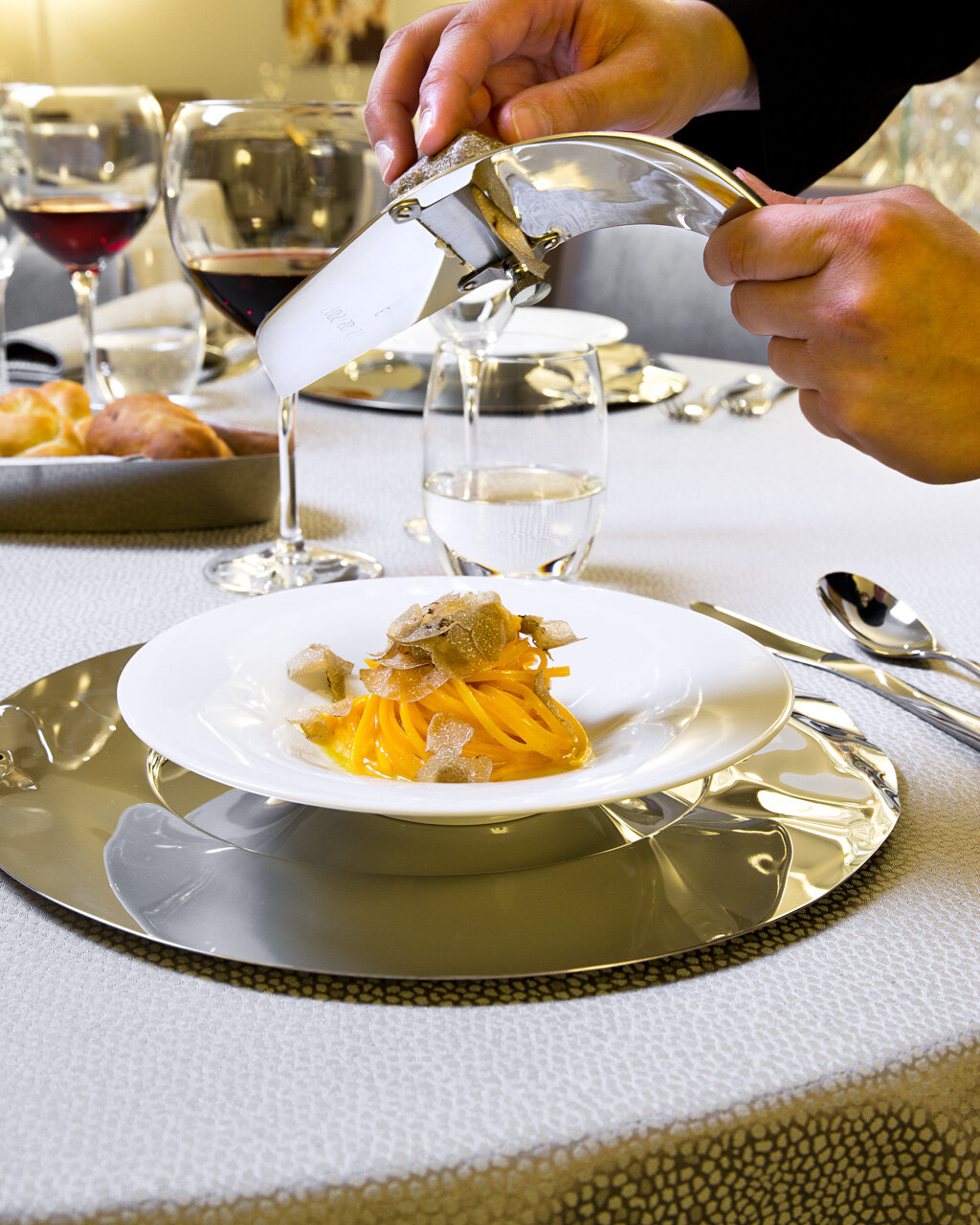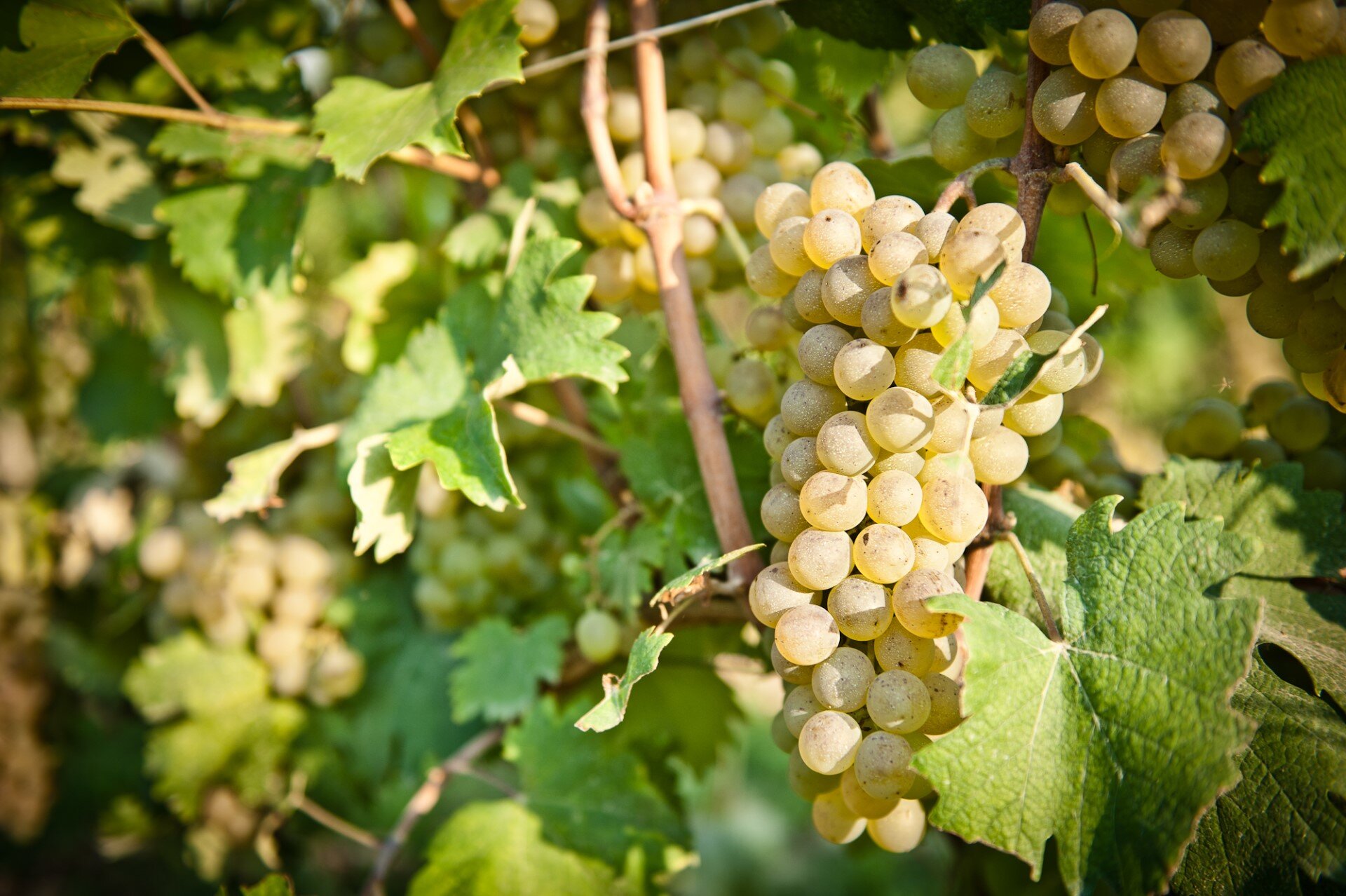Its origins trace back probably to Liguria, where it is known as "Vermentino" and it reached Piedmont on merchant caravans that travelled the salt and oil roads. This white grape variety has found its ideal environment especially in Roero, where it is mentioned in account ledgers of Roero of Vezza and Guarene in 1676 under the name of "favurie". Very popular in the nineteenth and early twentieth century also as edible grapes, it was introduced to the Courts and most famous houses of Europe, and reached the height of its success around the 1930s, when it was used for both sparkling wine production and for grape cure. After a period of crisis and abandonment, it was rediscovered in the 1970s, when its cultivation received a new impetus.
This vine is particularly suited for sandy and dry soils that favour the full maturing of golden bunches, containing its excessive vegetative vigour, whereas in more compact soils it often suffers grey rotting. Precisely because of the colour of its ripe grapes, reminiscent of the grain at harvest time, it is often called, almost lovingly, "Furmentin".
FAVORITA GRAPE
Grape colour: white.Productivity: high and constant.
Leaf: large, circular to pentagonal, five-lobed or seven-lobed.
Bunch: medium-sized, cylindrical or pyramidal with one or two wings, usually its grapes are a little spaced, medium-sized or large, spherical or ellipsoidal, averagely pruinose (the bloom is a waxy substance responsible for the visible white film on the skin of the grape), greenish-yellow or golden-yellow colour when well exposed to the sun.
Ripening: last ten days of September.
Wines: Colli Tortonesi Favorita Doc, Langhe Favorita Doc.



